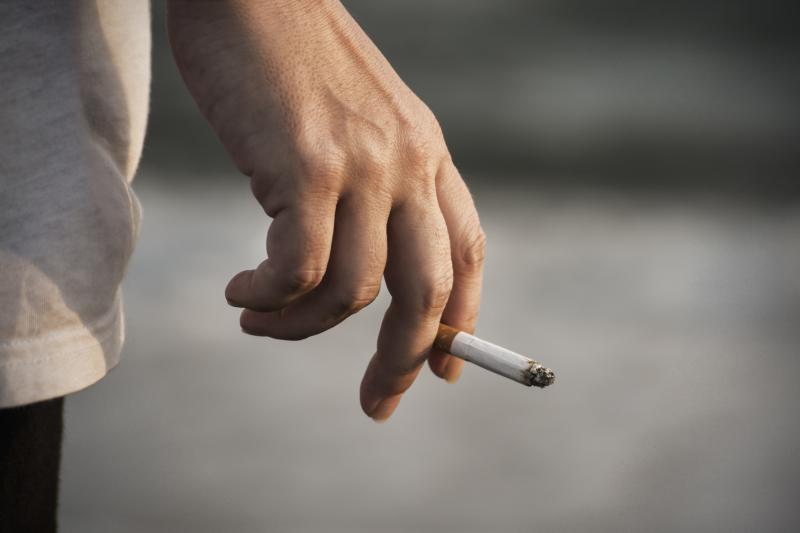 In 2015, a study implied that preventive measures such as smoking cessation were pointless in preventing cancer.
In 2015, a study implied that preventive measures such as smoking cessation were pointless in preventing cancer.Adult smokers report low levels of moderate-to-vigorous physical activity (MVPA) and are unlikely to meet recommended guidelines, according to a recent study. There appears to be no correlation between physical activity intensity and the urge to smoke.
“We acknowledge that this was a relatively small, single-centre study, not generalizable to smokers everywhere,” said researchers. “Despite the low prevalence of MVPA, the participants in this study had fairly high total daily step counts, suggesting that these participants may be active throughout the day at lighter intensities.”
Fifty-three active smokers (≥3 cigarettes per day; mean age, 40±12 years; 57 percent female) were enrolled and asked to wear a Fitbit Charge HR device for the measurement of physical activity. Together, participants walked a median of 7,807 steps per day. Only 31 smokers (58 percent) were able to satisfy the recommended MVPA duration of at least 30 minutes per day on at least 1 day during the study period. [JMIR Cardio 2020;4:e14963]
MVPA was defined as a walking cadence of ≥100 steps per minute. The MVPA goal was met on only an average of 19 percent of days. The median weekly MVPA duration was 80 minutes. On a daily basis, the median duration was 6 minutes.
Only 15 participants (28 percent) were able to achieve 150 minutes of MVPA per week at least once during the study period; this goal was met on an average of 36 percent of weeks. None were able to reach at least 75 minutes of weekly vigorous physical activity on at least half of the total weeks.
Notably, the median time per day spent in lighter physical activity―defined as a cadence of 60–99 steps per minute―was higher, at 23 minutes.
Despite this, the researchers found no significant link between daily MVPA and the urge to smoke, even after logarithmic transformation of the physical activity variable. This was true in both the unadjusted (p=0.74) and adjusted (p=0.72) models.
Sensitivity analyses showed some trend for significance. Those who smoked >10 sticks per day benefited from MVPA, such that their daily urge dropped by 0.293 units per 30 minutes of daily MVPA (p=0.03). However, further disaggregation according to smoking intensity (≥15 or ≥20 sticks per day) revealed no significant effect of MVPA (p=0.80 and p=0.88, respectively).
“On the basis of the known benefits of physical activity and the low levels observed in this study, more work is needed to address physical activity promotion in smokers,” said researchers, pointing out that guidelines and recommendations for physical activity goals should also be based on objective metrics.
“Future directions include devising the optimal method of incorporating heart rate data into measurement of MVPA while accounting for medications and clinical characteristics,” they added.